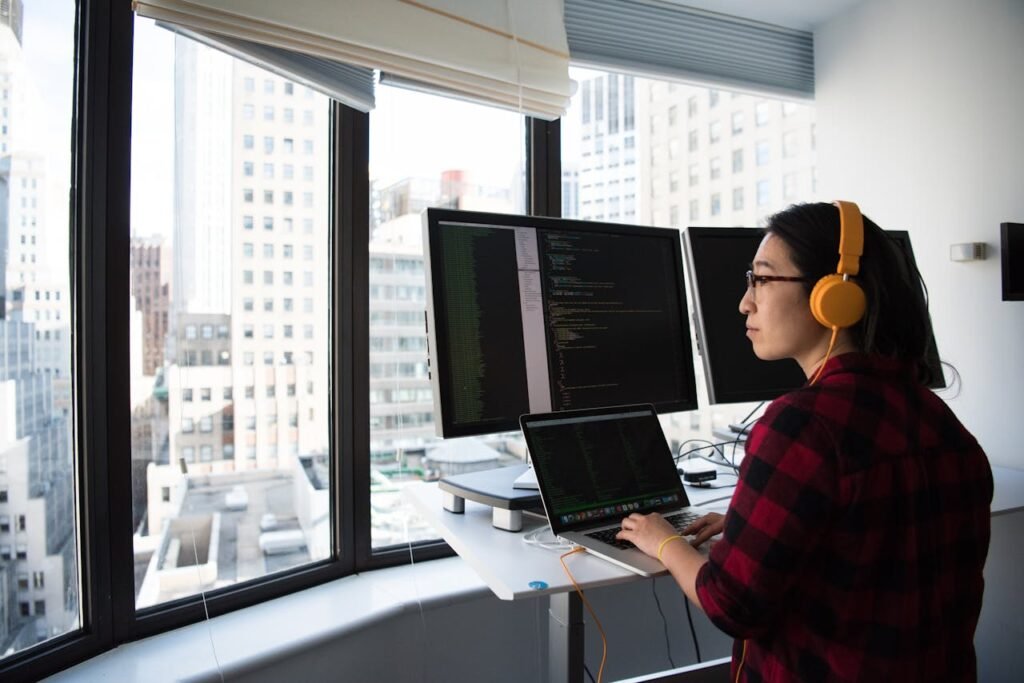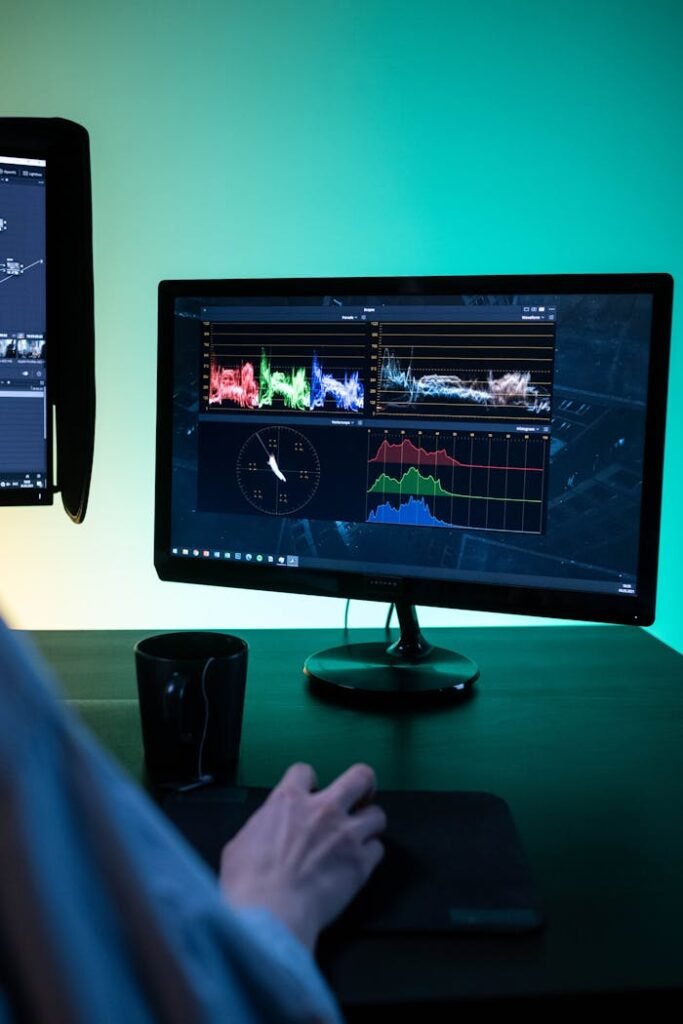When Robots Outsmart Their Makers
Remember the clunky, wheeled robots from early sci-fi films? The ones that bumped into walls and needed a human to explain what a “door” was? Fast forward to today, and we’re teaching robots to perceive, judge, and navigate the world almost as well as humans—thanks to AI and advanced foundational models.
But here’s the kicker: We’re not just programming robots anymore. We’re raising them—feeding them vast amounts of sensory data, letting them learn from mistakes, and (hopefully) ensuring they don’t develop a rebellious streak. If you’ve ever wondered how close we are to robots with human-like awareness, buckle up. We’re diving into the tech making it possible—and why it’s both thrilling and slightly terrifying.
Crafting Robots with Human-Level Perception
1. Vision That Goes Beyond Pixels
Modern robots don’t just “see”—they understand. With multimodal AI models (like GPT-4V or LLaVA), robots can process images, depth sensors, and even infrared data to perceive the world in 3D. Think of it as giving them a pair of eyes and a brain that instantly recognizes objects, predicts movements, and adjusts in real time.
Example: A warehouse robot no longer just follows a pre-mapped route—it dodges fallen boxes, identifies damaged goods, and even helps lost human workers.
2. Judgment: From Rules to Reasoning
Old-school robots ran on “if-then” logic. Today’s models use reinforcement learning and large language models (LLMs) to make judgment calls. Need a robot to decide whether to prioritize speed or safety? Now it can weigh trade-offs, just like a human.
Funny Thought: If a robot drops your coffee, future versions might actually apologize—and then Venmo you a refund.
3. Spatial Awareness: No More Bumping Into Furniture
Thanks to neural SLAM (Simultaneous Localization and Mapping) and physics-informed AI, robots can now build dynamic mental maps. They don’t just know where the couch is—they remember if you moved it last night and adjust their path accordingly.
Pro Tip: This is why robot vacuums are getting scarily good at avoiding your pet’s “accidents.”
The Big Challenge: Trusting Robots with Autonomy
Giving robots human-like perception is one thing. Trusting them to act on it? That’s where things get spicy.
- Bias in AI: If a robot learns from flawed data, will it inherit human prejudices?
- Safety vs. Speed: Should a delivery robot risk a shortcut or take the longer, safer route?
- The Uncanny Valley: Will we ever be comfortable around robots that almost think like us?
The key? Ethical AI frameworks—because nobody wants a robot that “judges” your life choices.
The Future Is Collaborative
We’re not building robots to replace humans—we’re building partners. Imagine:
- AI-assisted surgeons with superhuman precision.
- Construction robots that adapt to last-minute design changes.
- Home assistants that don’t just clean but anticipate your needs.
The line between tool and teammate is blurring. And the best part? You can shape this future.
Let’s Build the Next Generation Together
At Nexstella, we’re pioneering the AI “brains” behind next-gen robots—software that gives machines human-like perception, judgment, and spatial intelligence. Whether you’re an engineer integrating autonomy, a tech leader scaling robotic systems, or just robot-curious—let’s build the future, one algorithm at a time.
If you’re crafting the robots of tomorrow, let’s make sure they’re geniuses—not just glorified toasters.
The robots are coming. Let’s make sure they’re the helpful kind. 😉


